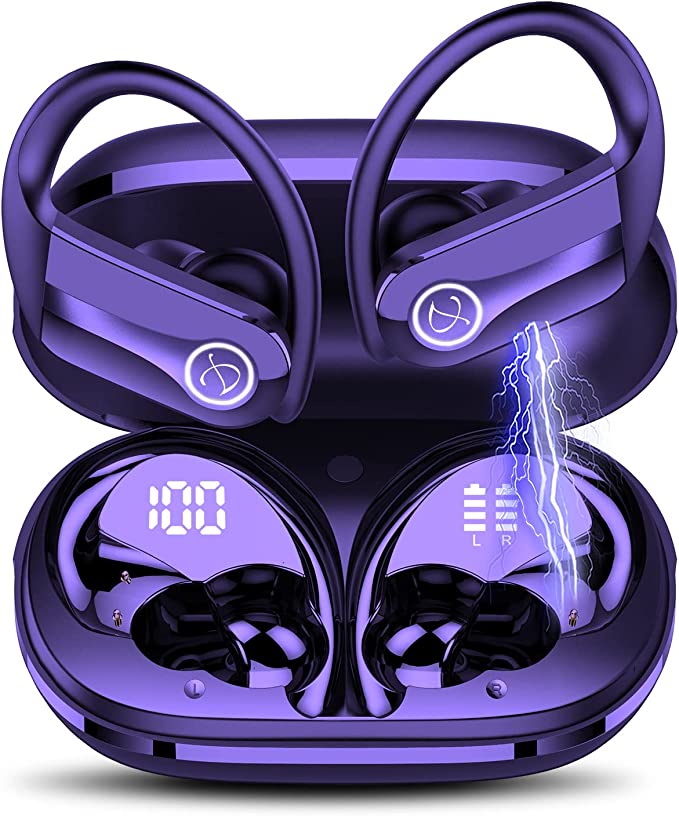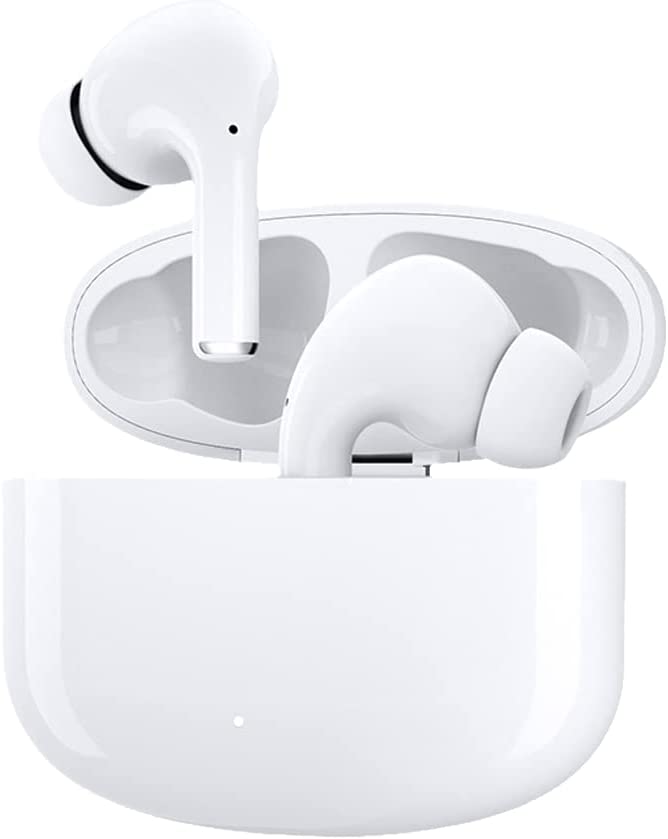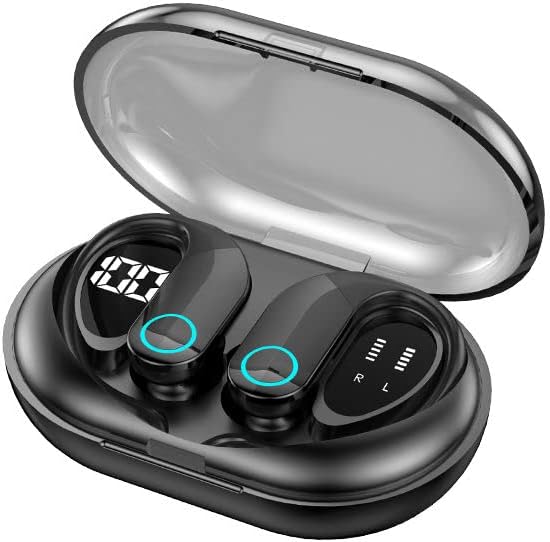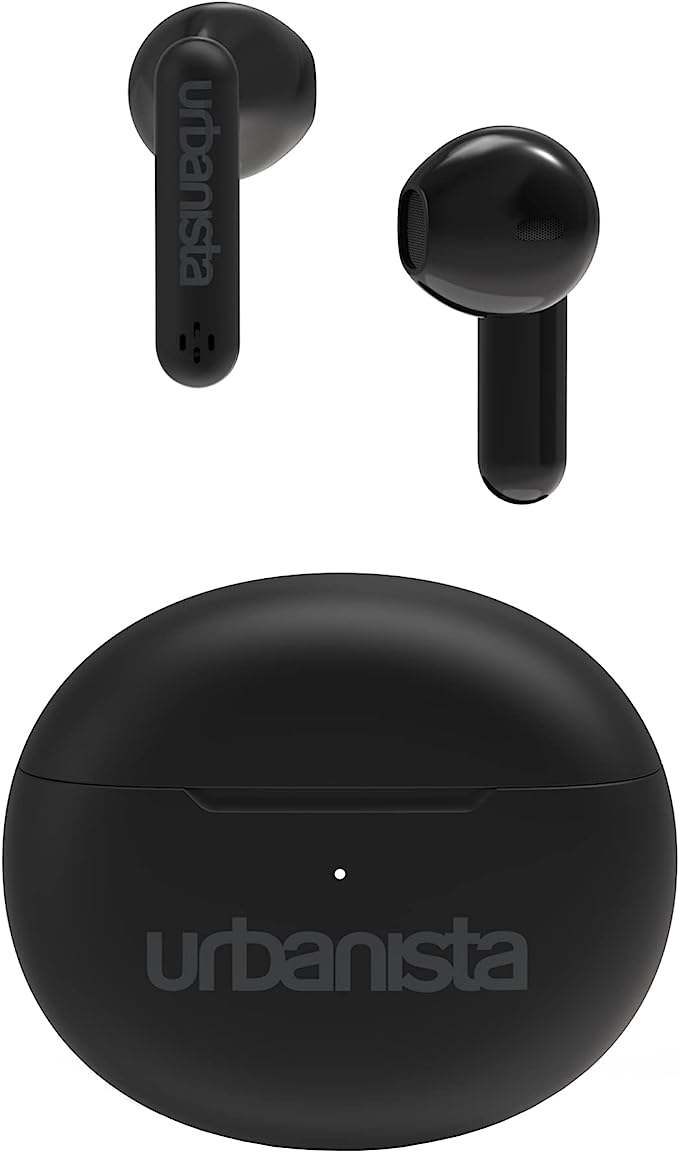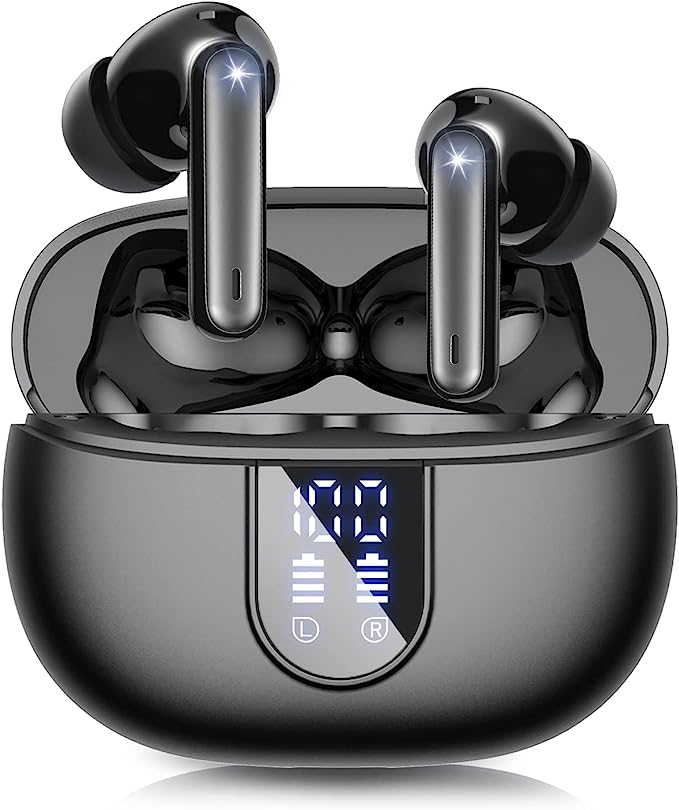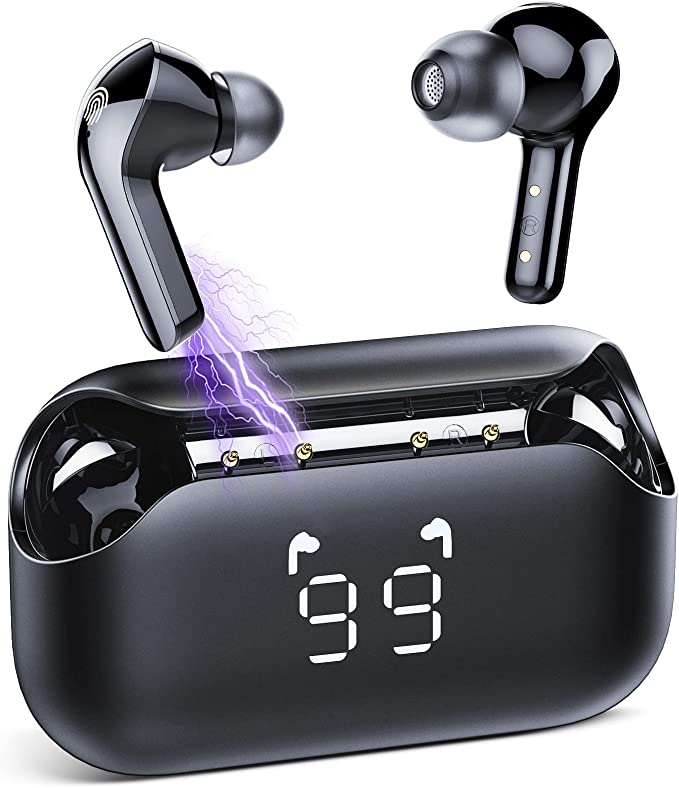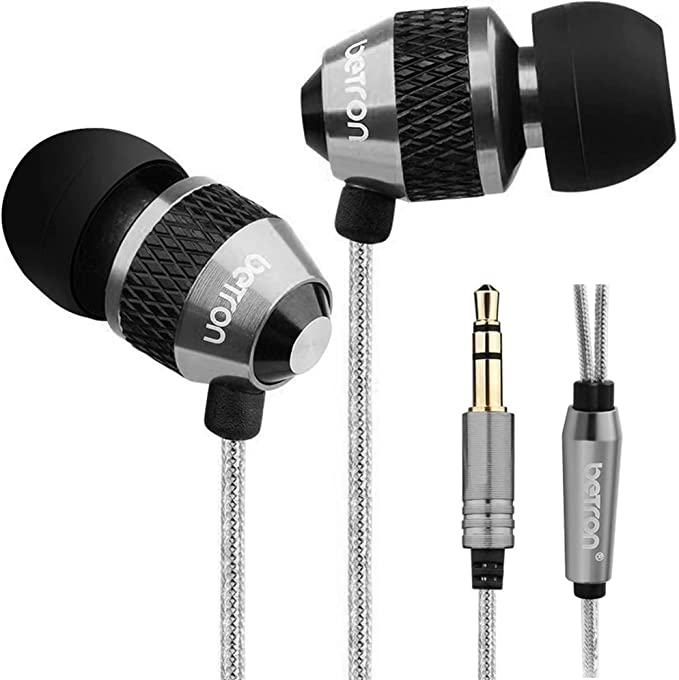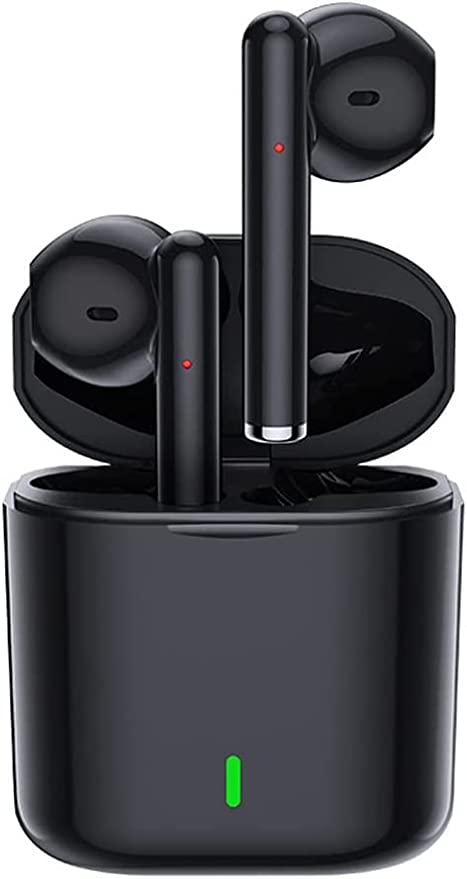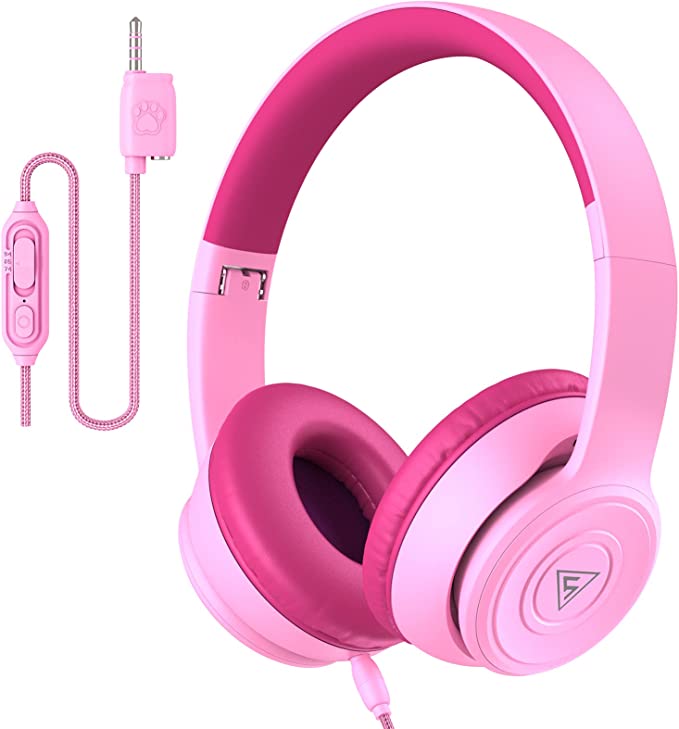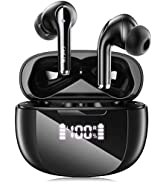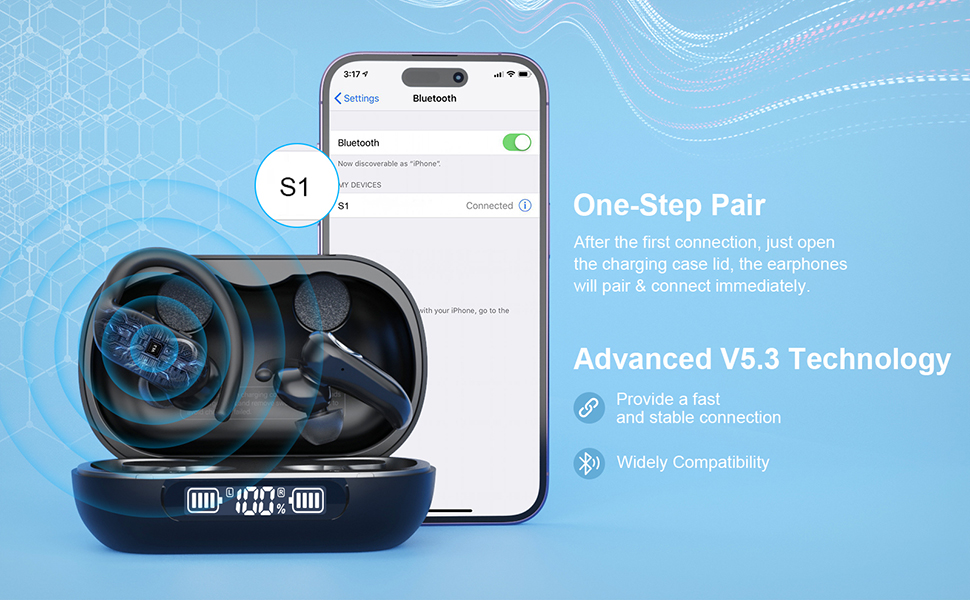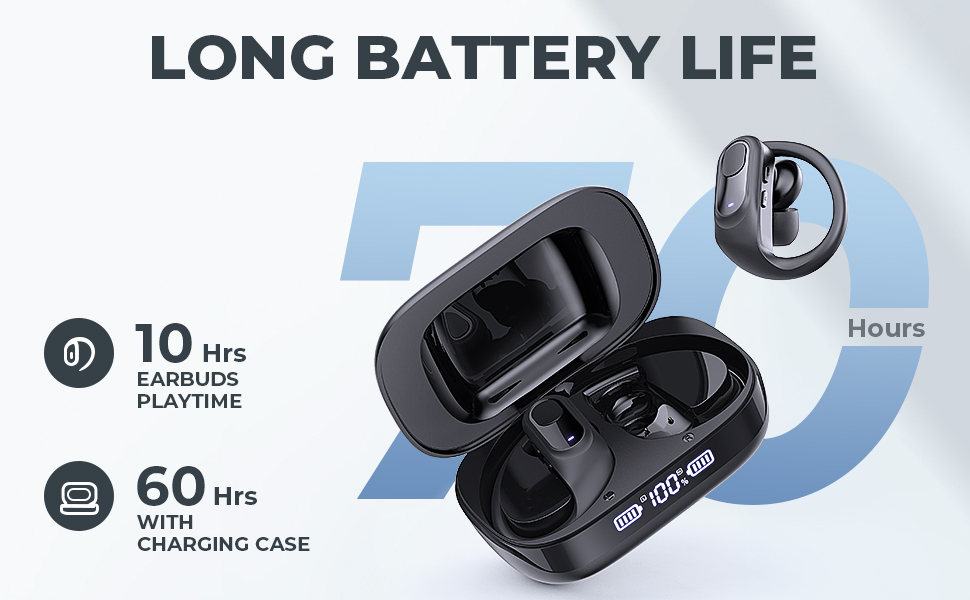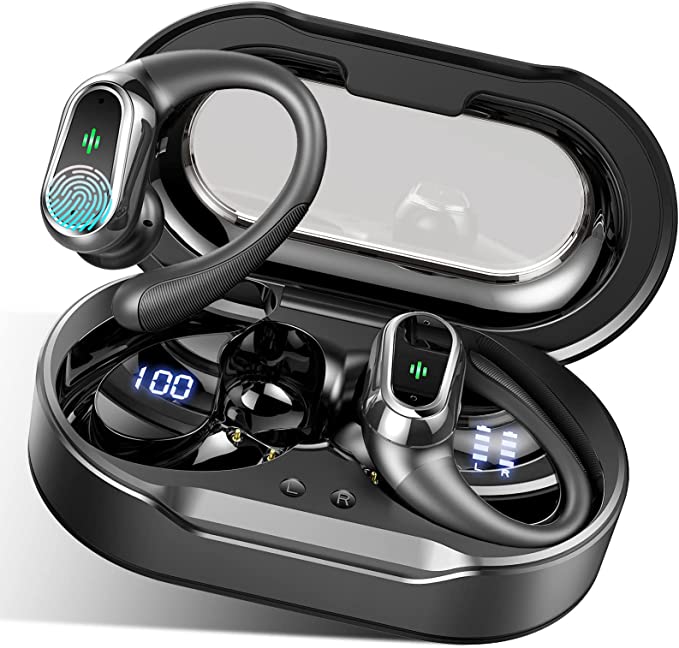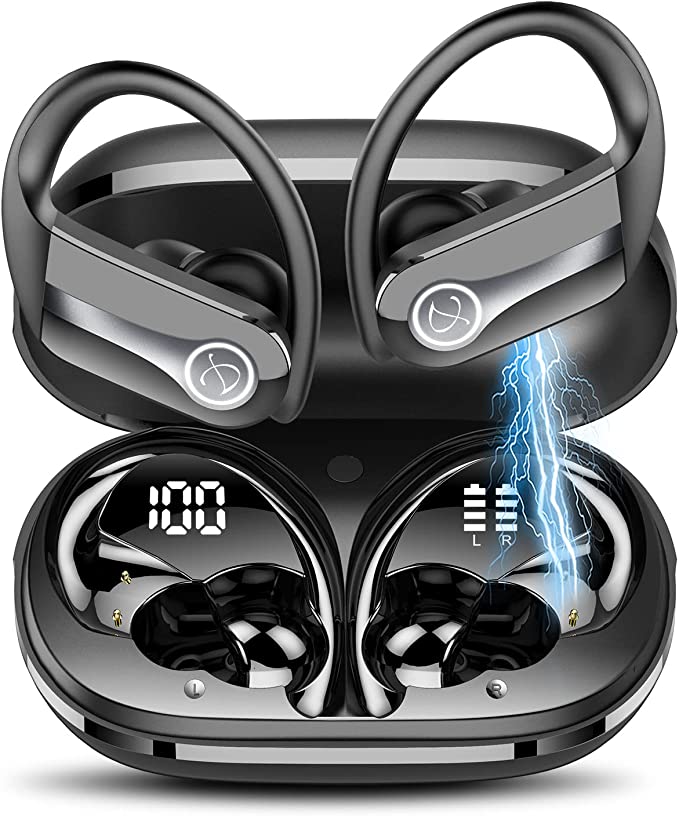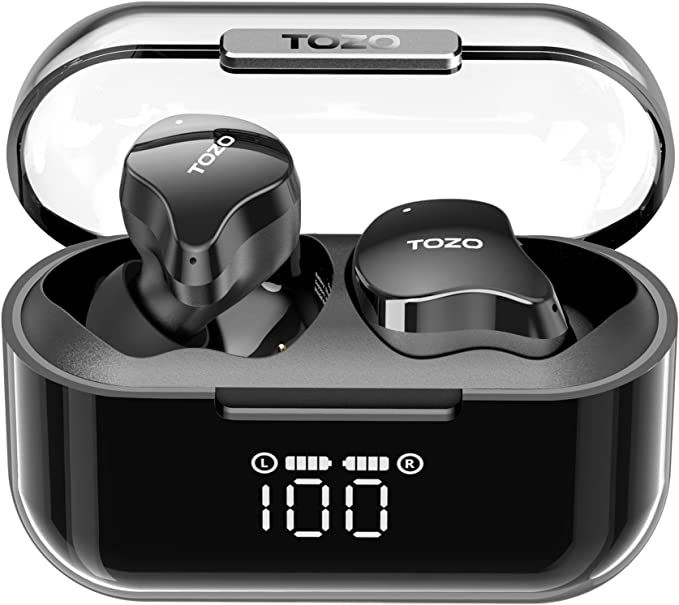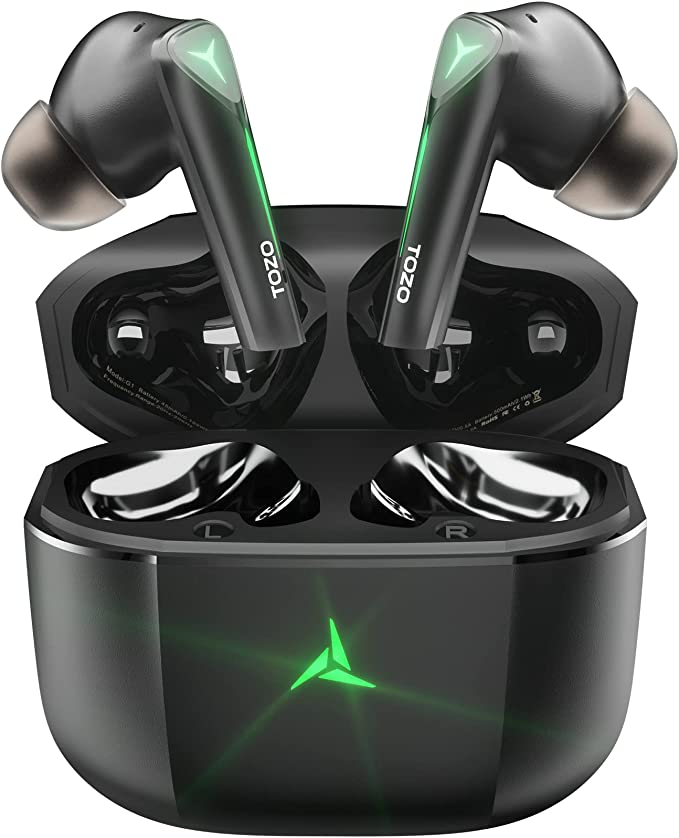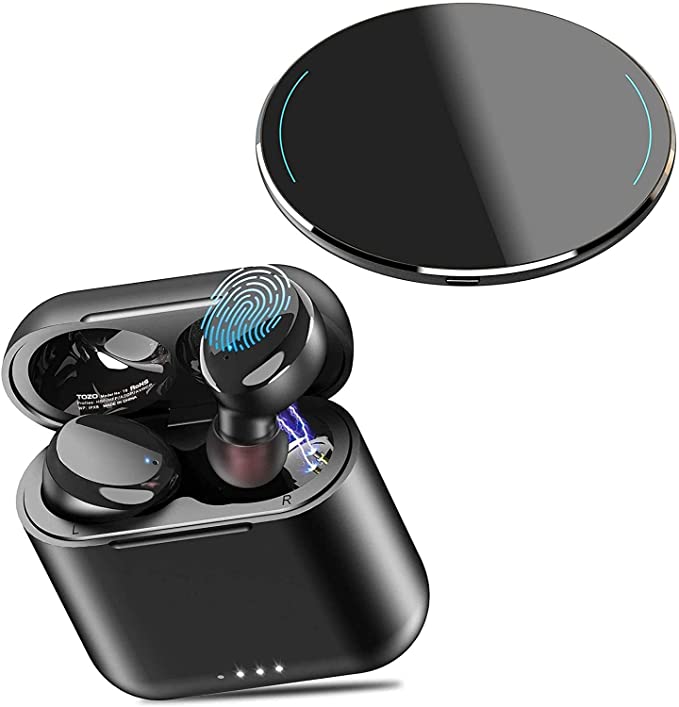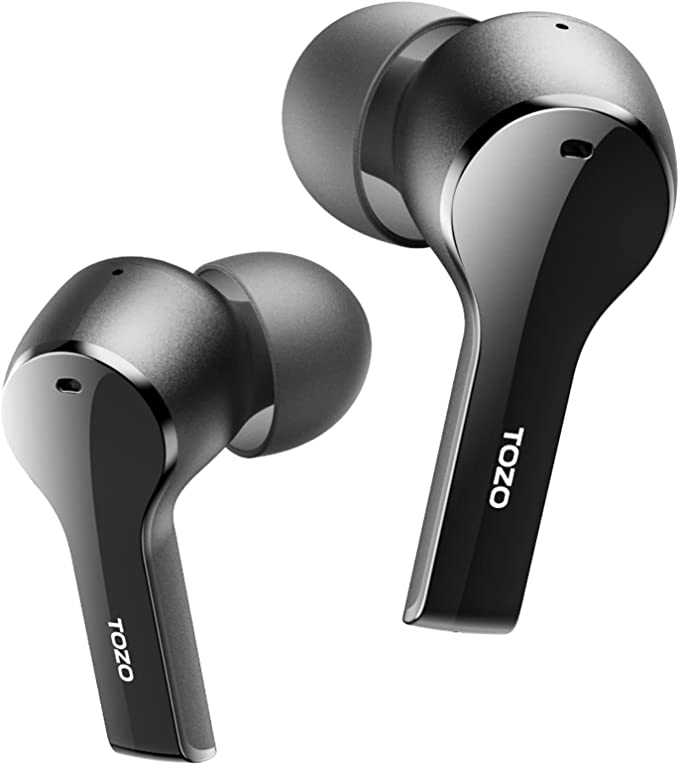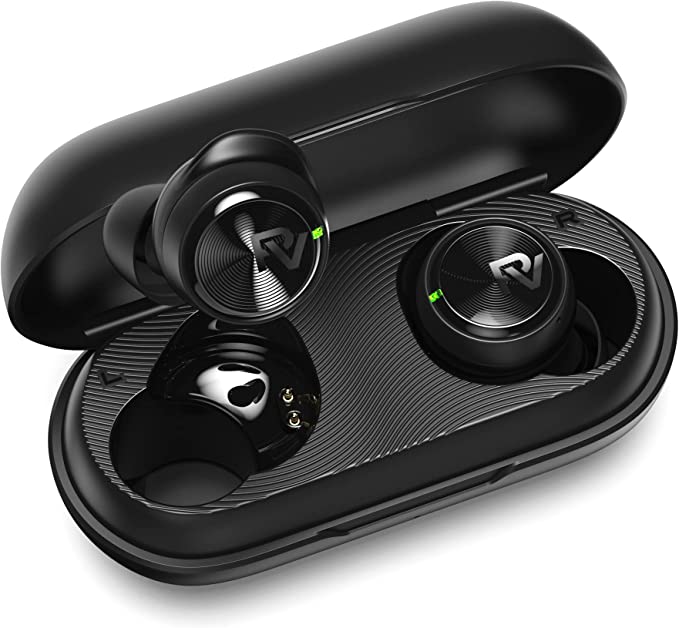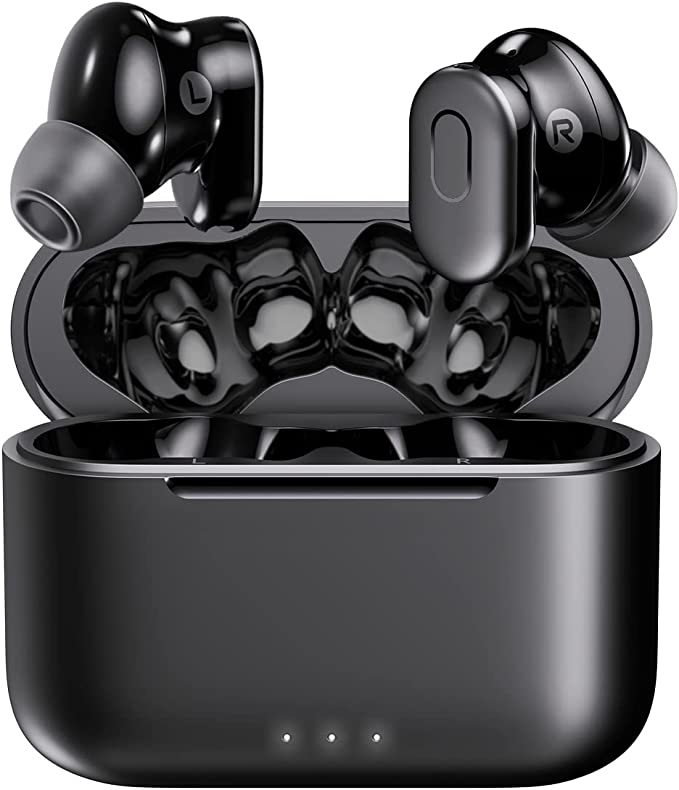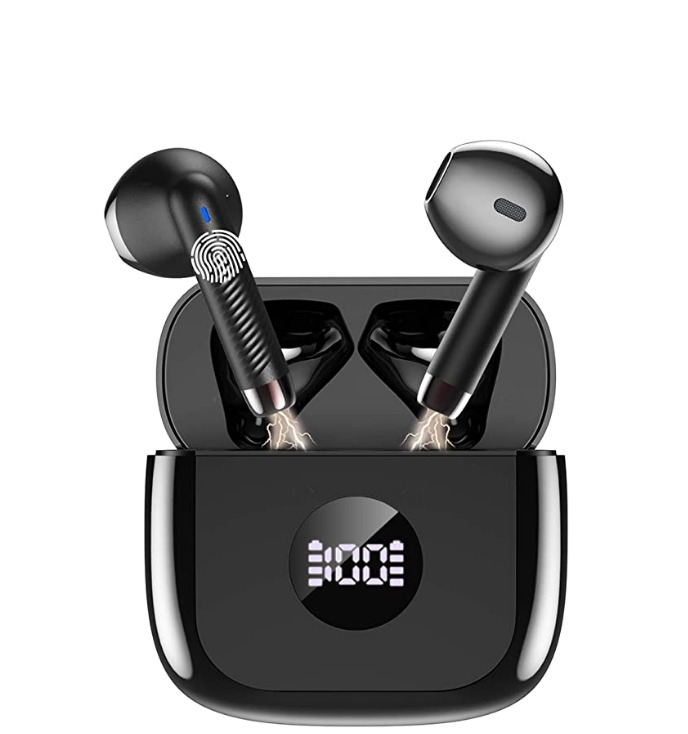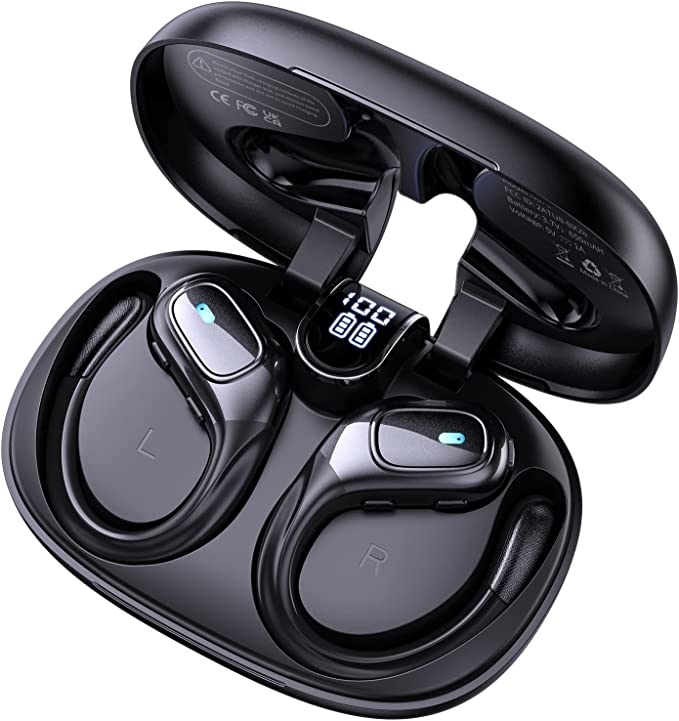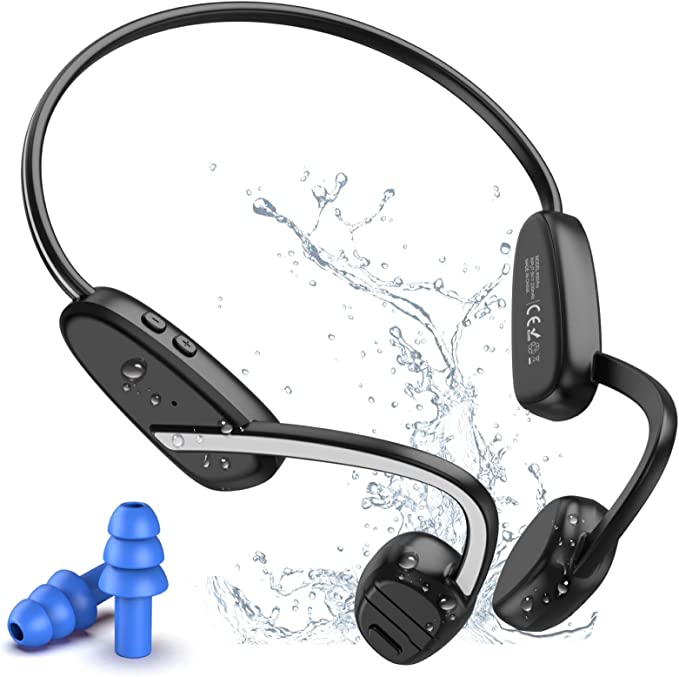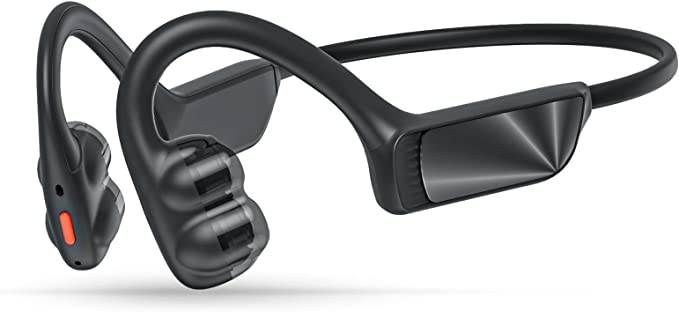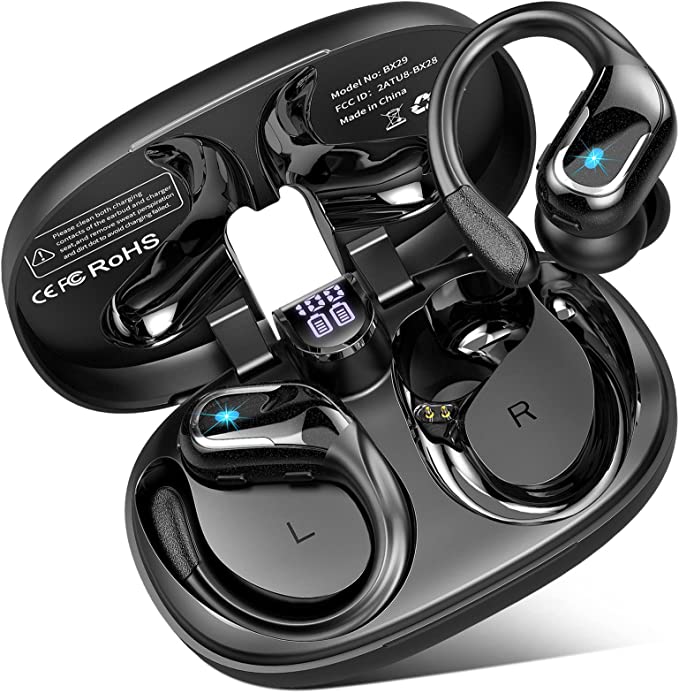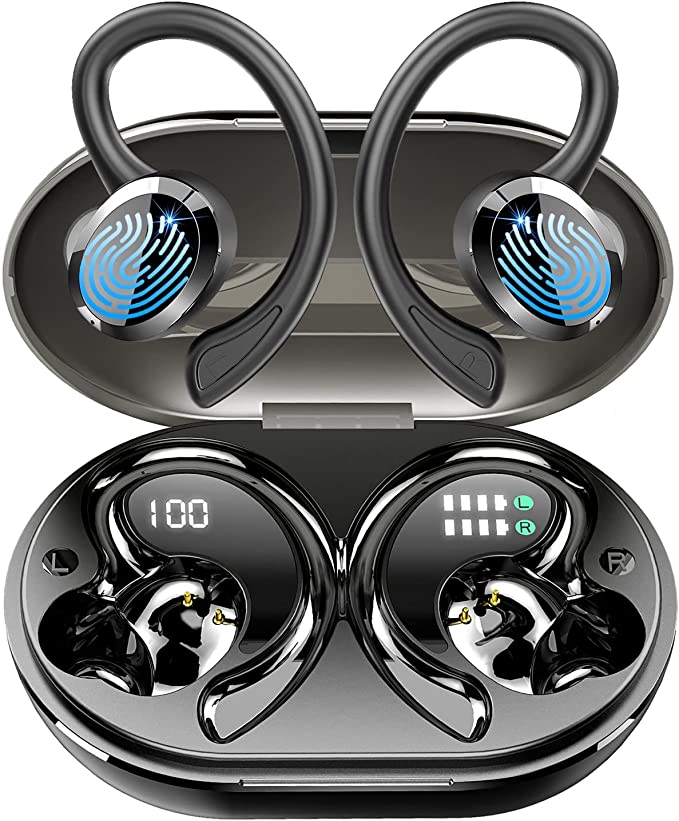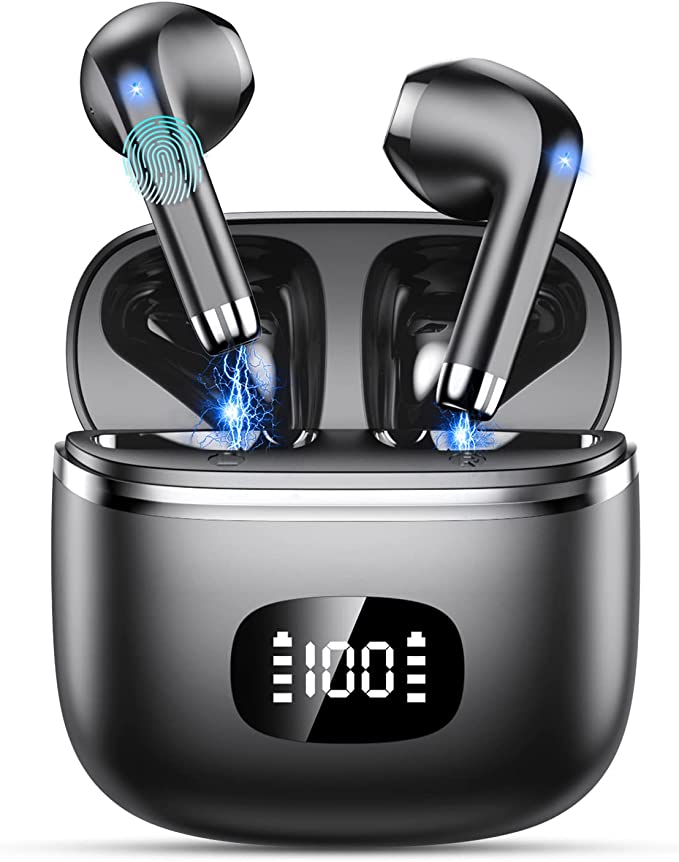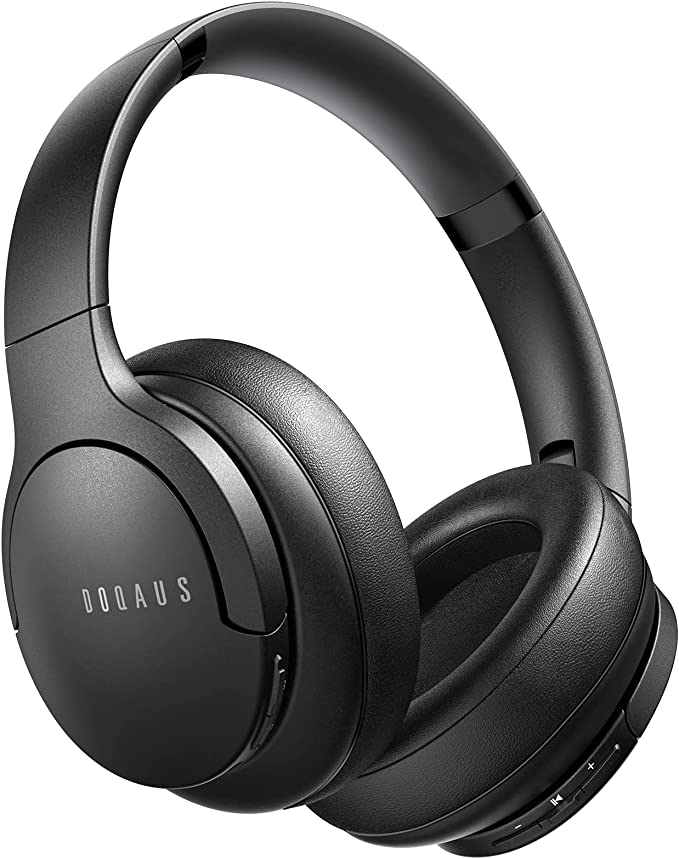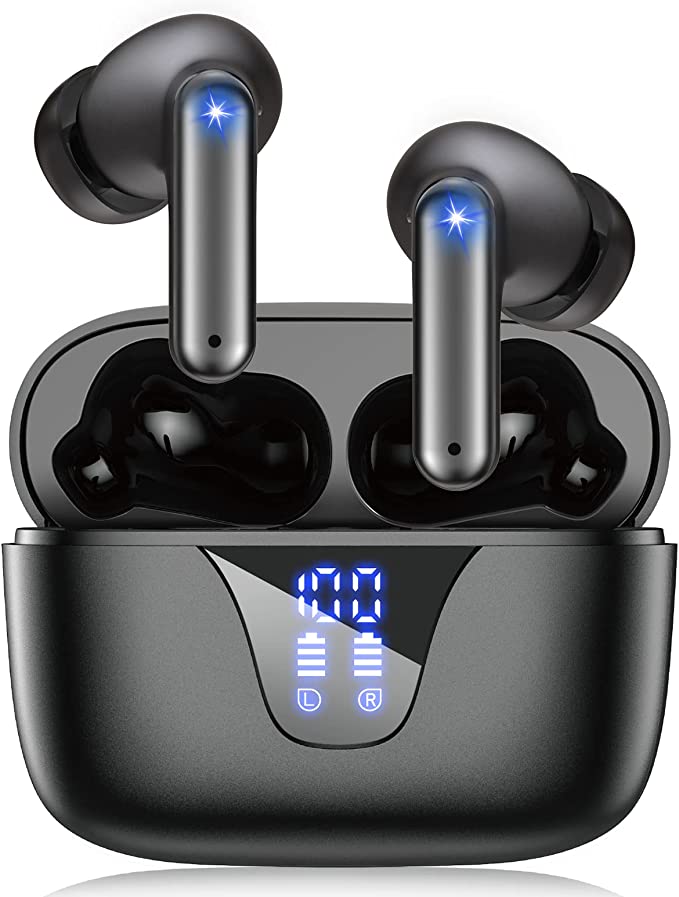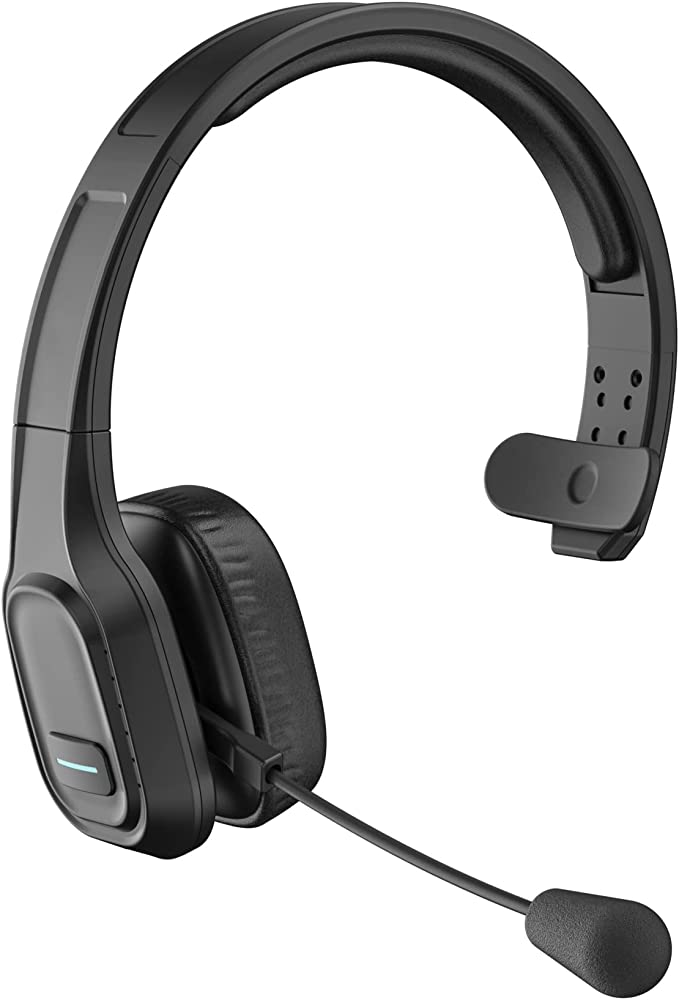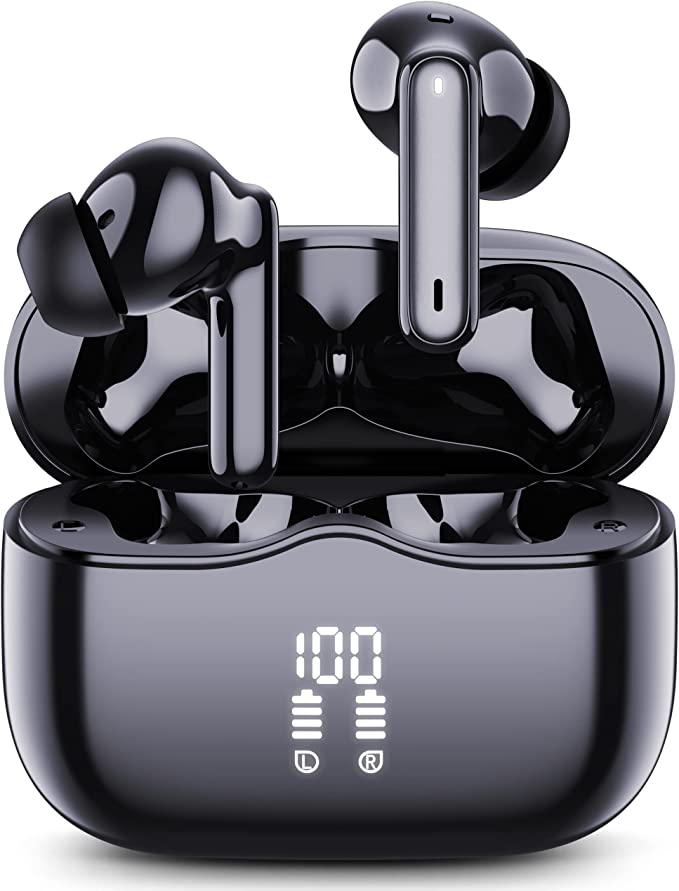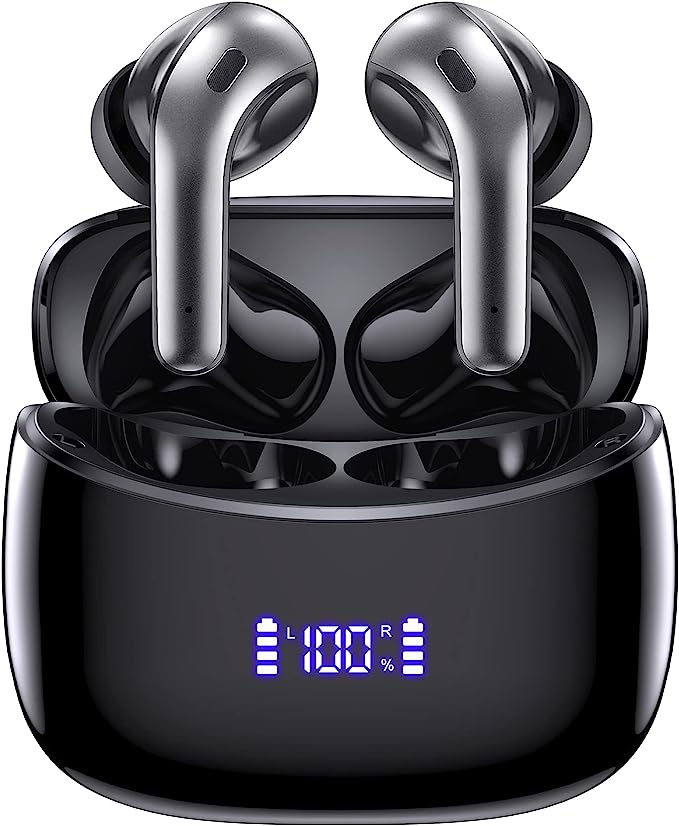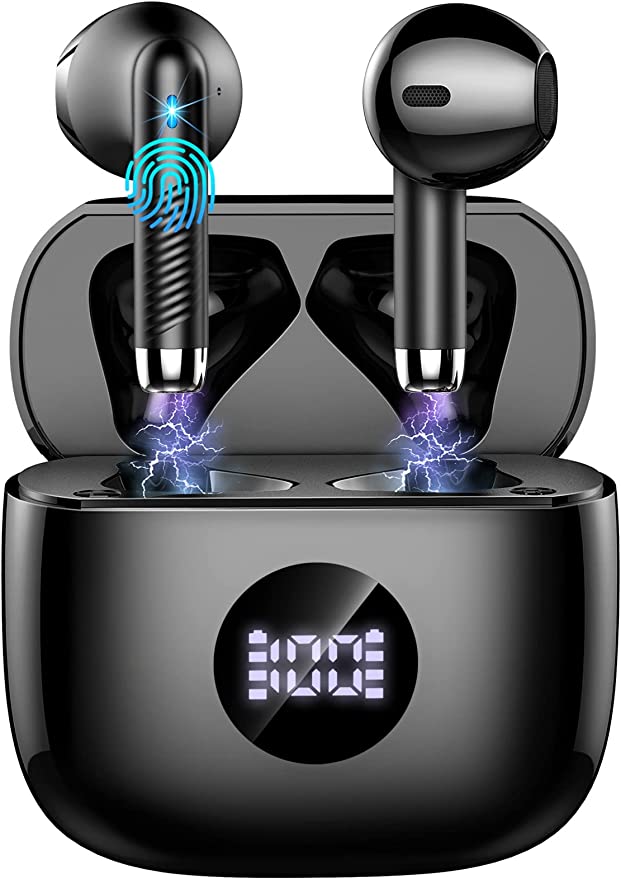DOQAUS CARE 3 Wireless Headphones: Decoding the Science of Immersive Sound and Stable Connectivity
Update on May 15, 2025, 11:55 a.m.
Isn’t there a touch of magic to it? You slip on a pair of headphones, press a button, and suddenly, music, podcasts, or the voice of a loved one fills your ears, seemingly conjured from thin air. This seamless audio experience, which many of us now take for granted, is the culmination of decades of scientific innovation. The journey from cumbersome wired contraptions to sleek, wireless powerhouses like the DOQAUS CARE 3 Wireless Headphones is a fascinating tale of engineering and an ever-deepening understanding of how we interact with sound. Let’s embark on a journey to decode the science and technology encapsulated in such a device, exploring its connectivity, how it crafts sound, the secrets to its endurance, and the ergonomics that allow for hours of comfortable listening.

The Unseen Tether: Bluetooth 5.3 and the Dance of Data
The freedom of wireless headphones hinges on a technology whose name, surprisingly, harks back to a 10th-century Viking king, Harald “Bluetooth” Gormsson, famed for uniting Danish tribes. Just as King Harald united disparate regions, Bluetooth technology, developed in the late 1990s by a consortium of companies, was designed to unite different electronic devices wirelessly over short distances. It’s essentially a sophisticated form of radio communication, allowing devices to chat with each other without the clutter of cables.
The DOQAUS CARE 3 headphones, for instance, utilize Bluetooth 5.3. Each new version of Bluetooth isn’t just a number change; it brings tangible improvements. So, what does “5.3” really mean for your listening experience? * Stability and Range: Think of Bluetooth as a tiny, personal radio station. Older versions might have been prone to “static” or dropping the signal if you moved too far from your phone or walked behind a thick wall. Bluetooth 5.3 incorporates enhancements that make this connection more robust and reliable. The CARE 3 specifies a range of up to 33 feet (or 10 meters). This improved stability means fewer frustrating audio dropouts, allowing you to leave your phone on the desk and still enjoy clear audio as you move around a room. This is achieved through better channel classification, which helps the headphones select cleaner radio frequencies, minimizing interference from other wireless devices like Wi-Fi routers or microwave ovens. * Latency – The Race Against Time: Have you ever watched a video where the sound of someone speaking is just slightly out of sync with their lip movements? That frustrating delay is called latency. For music listening, a little latency might go unnoticed, but for videos or gaming, it can shatter the immersion. Bluetooth 5.3 includes features designed to reduce this delay. While it might not eliminate it entirely (some latency is inherent in any wireless transmission and audio processing), it brings the audio and video closer together, making for a much smoother and more natural viewing or gaming experience. * Efficiency – Sipping Power: Bluetooth 5.3 is also engineered for better power efficiency. This means the wireless communication itself consumes less energy from both your headphones and your transmitting device (like your smartphone). This is crucial for battery-powered devices, directly contributing to longer listening times – a feature we’ll explore more later.
And let’s not forget the built-in HD microphone. While a quality microphone component is essential, the clarity of your calls also benefits from the stable data transmission afforded by Bluetooth 5.3, ensuring your voice is carried effectively to the person on the other end.

Crafting an Acoustic Landscape: Drivers, Fidelity, and Your Personal Sound
The true heart of any headphone, the component that actually creates the sound you hear, is the driver. The DOQAUS CARE 3 headphones are equipped with 40mm stereo drivers. Imagine a traditional loudspeaker, shrunk down to fit in an earcup – that’s essentially what a headphone driver is. It’s an electroacoustic transducer, meaning it converts electrical audio signals sent from your device into the physical vibrations that our ears perceive as sound.
Inside each driver, a diaphragm (a thin, flexible membrane) is made to vibrate rapidly by an electromagnetic coil. The size of this diaphragm – 40 millimeters in the CARE 3 – can influence the sound. Larger diaphragms are generally capable of moving more air, which can translate to a richer, more powerful bass response and a fuller sound overall. However, size isn’t everything; the material of the diaphragm, the magnet structure, and the overall acoustic design of the earcup play equally critical roles. The CARE 3 also lists an impedance of 32 ohms and a sensitivity of 103dB. Impedance is a measure of electrical resistance; a lower impedance like 32 ohms means the headphones don’t require a lot of power to be driven effectively, making them well-suited for portable devices like phones and tablets. Sensitivity indicates how loud the headphones will play at a given power level; 103dB is quite efficient.
You’ll often see the term “Hi-Fi Stereo Sound” associated with quality audio gear, including the CARE 3. “Hi-Fi” stands for High Fidelity, a concept that emerged in the mid-20th century as audio reproduction technology improved. It signifies a commitment to reproducing sound that is as faithful as possible to the original recording, with minimal distortion, coloration, or loss of detail. Stereo sound, of course, means that different audio information is sent to the left and right ears, creating a sense of width, depth, and directionality in the soundstage – much like how we hear the world around us. The specified frequency range of 20Hz to 20kHz for the CARE 3 covers the typical span of human hearing, suggesting an intent to reproduce the full spectrum of audible sound, from the deepest bass rumbles (20Hz) to the highest trebles (20kHz).
To cater to diverse listening preferences and audio content, the DOQAUS CARE 3 incorporates three Equalization (EQ) Modes. Equalization is the process of adjusting the balance between different audio frequencies. Think of it as giving you a sound engineer’s basic toolkit: * Well-Balanced Mode: This likely aims for a relatively flat frequency response, presenting the music as the artist and recording engineer intended, without artificially boosting or cutting any particular frequencies. This is often preferred by audiophiles or for critical listening. * Bass Boosted Mode: As the name suggests, this mode amplifies the lower frequencies. If you enjoy music genres like EDM, hip-hop, or action movies with impactful explosions, this setting can add a satisfying visceral thump and weight to the sound. * High Definition Mode: This mode might subtly enhance the higher frequencies, which can bring out more detail in vocals, string instruments, or cymbals, making the sound appear clearer or more “airy.” It could also involve more complex adjustments to create a perception of greater overall clarity and separation between instruments.
Having these EQ modes allows you to tailor the sound signature of the DOQAUS CARE 3 headphones to your personal taste or the specific type of audio you’re enjoying, whether it’s a bass-heavy track for your workout, a podcast where vocal clarity is key, or a movie where you want that cinematic rumble.

The Marathon Runner: Engineering 40 Hours of Audio Endurance
One of the most practical concerns for any wireless device is battery life. The DOQAUS CARE 3 claims an impressive “up to 40 Hours of listening time” on a single charge when using Bluetooth. This remarkable endurance isn’t accidental; it’s a result of careful engineering in battery technology and power management.
Inside the headphones, there’s a 600mAh Lithium-Polymer (Li-Po) battery. Lithium-polymer batteries have become the standard for portable electronics for several good reasons. They offer a high energy density, meaning they can store a significant amount of electrical charge in a relatively small and lightweight package. Unlike older battery chemistries, Li-Po cells can also be manufactured in various shapes, allowing for more flexible product design. A 600mAh (milliampere-hour) capacity indicates the amount of current the battery can supply over time.
However, a good battery is only half the story. The other half is power efficiency. As mentioned earlier, Bluetooth 5.3 itself is designed to be more frugal with energy. The headphones’ internal electronics, including the wireless chipset and the audio amplifier, are also optimized to perform their tasks while consuming minimal power. The CARE 3 specifies a nominal power of 10mW, indicating relatively low power draw during typical operation. This combination of a reasonably capacious battery and efficient components allows the headphones to keep playing your tunes for extended periods, easily lasting through several days of typical use or an entire long-haul flight. And for those rare moments when the battery might be depleted, or if you simply prefer a wired connection (perhaps with a device that lacks Bluetooth), the inclusion of a 3.5mm audio cable provides a reliable analog backup, ensuring your music never has to stop. The 2-3 hour charging time also means you’re not waiting excessively long to get back to your wireless listening.
The Embrace of Sound: Ergonomics and the Comfort Factor
All the technology in the world doesn’t mean much if the headphones are uncomfortable to wear, especially for extended periods. The ergonomic design of headphones like the DOQAUS CARE 3 plays a crucial role in the overall listening experience.
The CARE 3 features an on-ear design, meaning the earcups rest directly on your outer ears. This style often strikes a balance between the portability of smaller designs and the larger sound of over-ear models. To maximize comfort, several elements are considered: * Memory-Protein Earmuffs: The material used for the earcups is critical. “Memory-protein” suggests a synthetic leather-like material that is soft, pliable, and designed to conform to the unique contours of your ears. This adaptability helps distribute pressure evenly, reducing discomfort and creating a better seal. * Lightweight Construction: At a listed 200 grams, the DOQAUS CARE 3 headphones are relatively lightweight. Heavier headphones can cause neck strain and general fatigue over time, so minimizing weight is a key design goal for long-session comfort. * Adjustable Headband: A well-padded and adjustable headband ensures that the headphones can fit a wide variety of head sizes and shapes securely but gently.
This focus on fit isn’t just about comfort; it also has acoustic implications. A good seal around the ears, often referred to as passive noise isolation, helps to block out some ambient environmental sounds. This allows you to focus more on your audio content without having to crank up the volume to potentially unsafe levels. Furthermore, a proper seal enhances the perceived bass response, as it prevents the low-frequency sound waves from easily escaping. The design ensures that the ear is “snug around your ears for a better sound experience and immersed in the full sound,” as described by DOQAUS.

Conclusion: The Quiet Revolution in Your Ears
From the invisible dance of radio waves in Bluetooth 5.3 ensuring a stable connection, to the miniature mechanical symphony within the 40mm drivers faithfully reproducing your favorite songs; from the clever chemistry of the Li-Po battery and power-saving electronics delivering marathon-like endurance, to the carefully considered materials and design that allow for hours of comfortable wear – devices like the DOQAUS CARE 3 Wireless Headphones are a testament to the intricate fusion of multiple scientific and engineering disciplines.
Understanding the technology that powers our everyday gadgets does more than just satisfy curiosity. It empowers us to become more discerning consumers, to appreciate the innovation that often goes unnoticed, and to recognize how these advancements subtly but significantly enhance our interaction with the world. The evolution of personal audio is a quiet revolution, one that continues to unfold, promising even more immersive, seamless, and enjoyable ways to experience the rich tapestry of sound that surrounds us.
